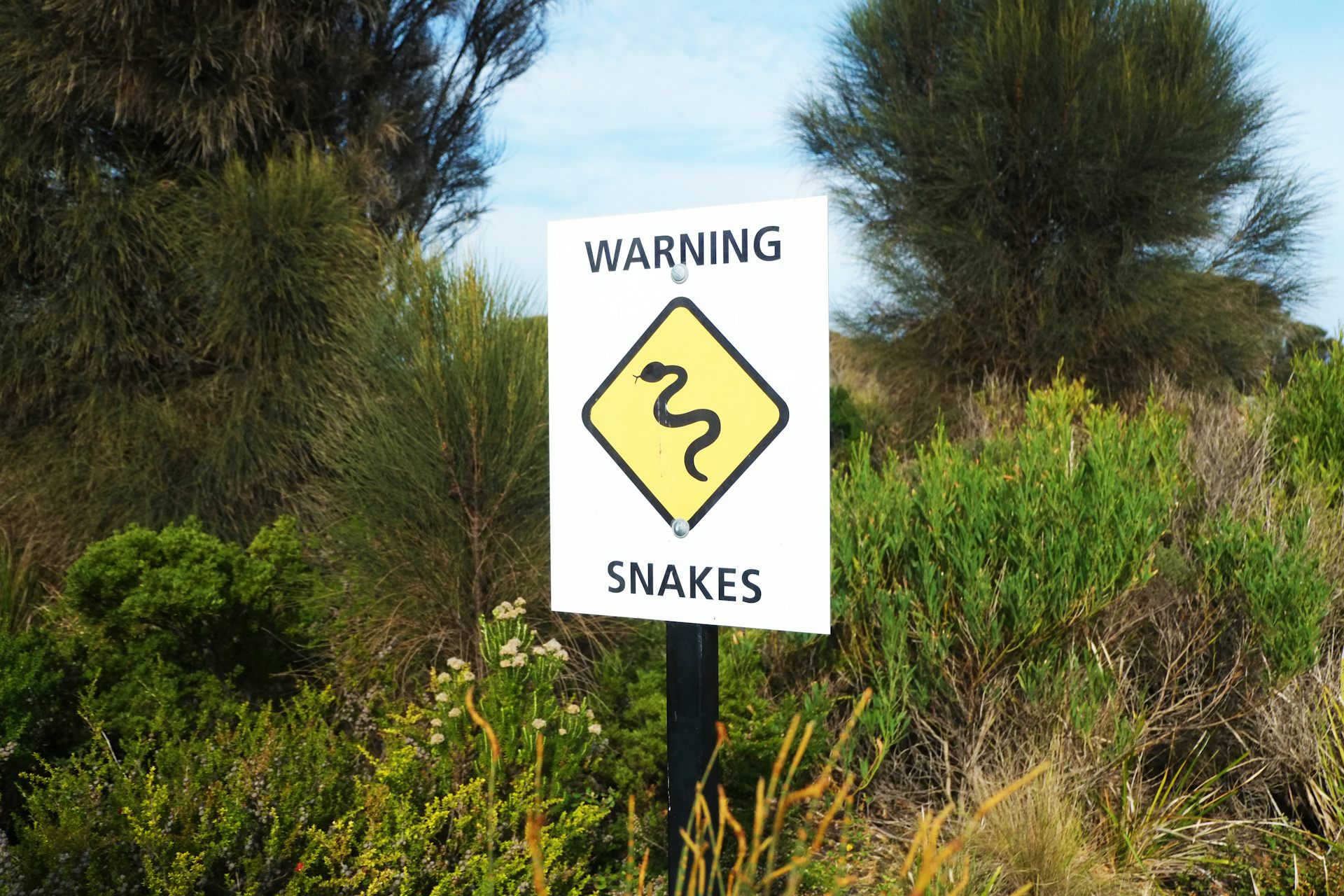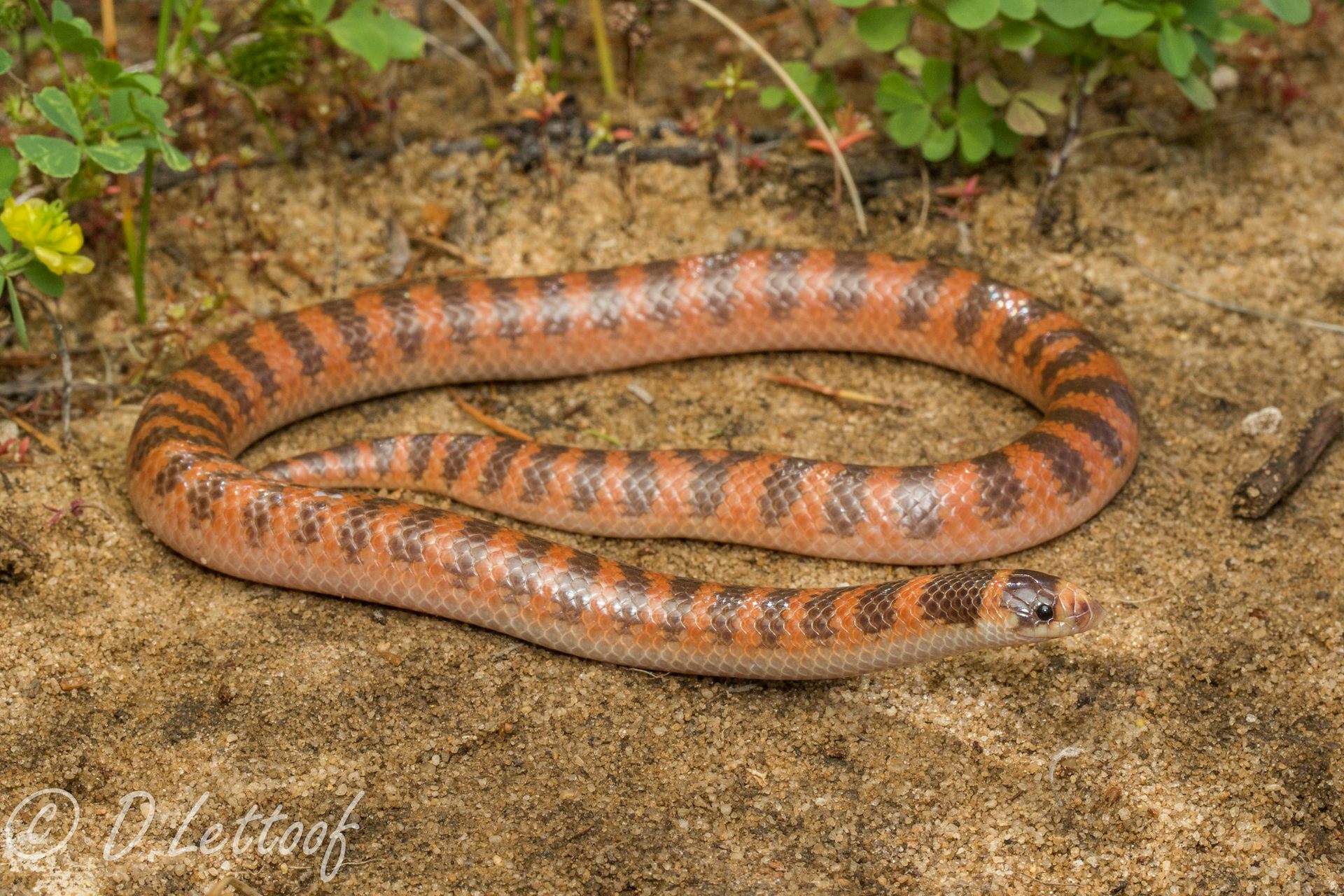Introduction
Tiger snakes are amongst one of the most widely known and been afraid reptiles in Australia, widely identified for their striking appearance and potent venom. This short article aims to look into the details of the tiger serpent's habitat, circulation, habits, and what one can expect when coming across these fascinating creatures. By comprehending where to locate them and just how to browse prospective threats, you can appreciate their function in the community while guaranteeing your safety.
Tiger Serpent Habitat: Where to Locate Them and What to Expect
Tiger snakes are mainly discovered in southeastern Australia, including Tasmania, where they grow in a variety of environments. Their flexibility allows them to live in varied terrains such as seaside regions, wetlands, meadows, and even city areas.
Geographical Distribution of Tiger Snakes
The geographical Dugite Snake reach of tiger snakes extends across numerous Australian states. They are specifically common in:

- Tasmania: The Tasmanian tiger snake is one of one of the most identified subspecies. Victoria: Located near water bodies like rivers and lakes. New South Wales: Choosing bushland locations near to water sources. Western Australia: More typically seen around swamps and estuaries.
Understanding the geographical circulation is vital for both preservation initiatives and public recognition pertaining to encounters with these snakes.
Preferred Habitats of Tiger Snakes
Tiger serpents prosper in various habitats. Below are some normal settings where they may be found:
Wetlands: They choose marshy or swampy locations where they can access prey easily. Coastal Regions: Near beaches or rough coastlines supply bountiful food sources like fish and amphibians. Forested Areas: Thick underwood provides shelter from killers while providing searching grounds.
Behavioral Patterns Related to Habitat
Understanding tiger snake actions within their habitats is crucial for communication administration:
- Nocturnal Activity: Tiger serpents have a tendency to be much more energetic throughout golden hours (sundown and dawn), making them tougher to spot throughout daytime. Territorial Nature: They exhibit territorial behavior; thus, it's extremely important to value their space if encountered.
This understanding can aid mitigate undesirable interactions in between human beings and tiger snakes.
Are Tiger Snakes Venomous?
Yes, tiger serpents are indeed venomous. Their poison includes neurotoxins that can cause paralysis and even fatality if untreated.
What Makes Their Venom Dangerous?
The potency of a tiger serpent's poison varies relying on a number of factors:
- Geographic location Individual health Quantity injected during a bite
Symptoms of a Tiger Snake Bite
Recognizing signs and symptoms early is essential:
- Pain at the bite site Swelling Difficulty breathing
Immediate clinical focus is vital if bitten.

First Help for Serpent Bites
Knowing emergency treatment procedures can be lifesaving in instance of a serpent bite.
First Aid Steps for Snake Bites
Stay calmness; keep the afflicted location still. Call emergency situation solutions immediately. Apply a pressure bandage over the bite site. Keep the private lying down until aid arrives.Following these steps can considerably boost end results adhering to a snake encounter.
Where Else Can You Come Across Tiger Snakes?
While they're frequently found in their all-natural environments, urbanization has actually brought about raised experiences with humans.
Urban Encounters
Tiger serpents may venture into gardens or parks searching for food or water sources.
Precautions When Hiking or Exploring
When keelback exploring locations recognized for tiger serpent habitats:
- Wear thick boots Stay on paths Be vigilant
Taking these precautions will aid decrease dangers while you take pleasure in nature.
Baby Tiger Snakes: An Unique Perspective on Growth
Just like grownups, baby tiger snakes are born poisonous but smaller sized in dimension.

Characteristics of Infant Tiger Snakes
- Size: Generally around 20-- 30 cm when born. Appearance: Sport similar coloration as grownups yet may have lighter bands initially.
Understanding their growth assists in valuing their ecological duty from early stage onward.
FAQs regarding Tiger Snakes
1. Are all tiger snakes venomous?
Yes, all varieties of tiger serpents have poison capable of triggering major harm.
2. How can I identify a tiger snake?
Look for distinctive banding patterns ranging from yellowish-brown to blackish shades along their bodies; grownups generally grow between 1-- 2 meters long.
3. What must I do if attacked by a tiger snake?
Seek prompt clinical interest; apply first aid procedures as gone over earlier while keeping calm.
4. Do child tiger serpents present any type of danger?
Absolutely! Regardless of their small dimension, child tiger serpents are still venomous and can provide bites that require serious medical attention.
5. Are there any type of details habitats I must avoid?
Avoid going through dense underbrush or near stagnant water where problems prefer serpent existence during warmer months.
6. Just how do conservation efforts influence tiger serpent populations?
Conservation efforts focus on environment preservation which straight affects populace stability by guaranteeing adequate food sources and safe reproduction locations.
Conclusion
In summary, comprehending "Tiger Snake Environment: Where to Locate Them and What to Anticipate" not only enriches our knowledge about these impressive reptiles yet additionally improves our ability to exist together safely with them in shared environments. From recognizing their preferred habitats to knowing just how to respond successfully if bitten, comprehensive knowledge equips all of us-- whether we're wildlife fanatics or casual hikers-- to value this fascinating element of Australia's natural heritage while prioritizing our safety.
This post works as an extensive overview on whatever pertaining to tiger snake environments! Whether you're an avid explorer or someone looking simply for Go here details concerning these creatures, understanding just how they engage within their ecological communities-- and exactly how we match that image-- is crucial!